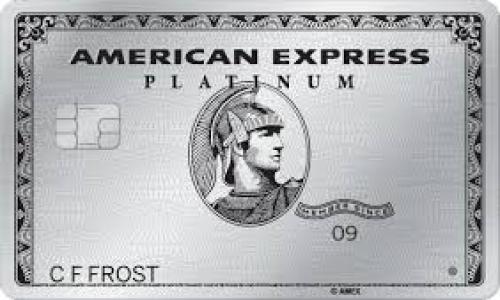Credit card issuers now seem to be placing more emphasis on offering insurance or payment protection plans for people that carry a balance on their credit card. In this time of uncertainty about one's employment and finances, these offers with their appealing advertising may seem like good financial protection, but the benefits are not worth the cost.
Credit card issuers advertise these protection plans as a way to have peace of mind during unexpected life events such as death, unemployment and disability. Or even during happy events such as marriage, having a baby or moving into a home. One issuer even promotes these plans by stating, "you and your account payment history are protected so you can focus on more important things."
"These protection plans sound like a good idea, especially during these tough economic times. But in most cases, these protection plans are a bad deal for cardholders and should be avoided," says Bill Hardekopf, CEO of LowCards.com and author of The Credit Card Guidebook. "These plans are targeted to customers who can least afford them."
The cost of the purchase protection varies by carrier. It ranges from $0.50-$0.99 per $100 that you carry as a balance. If your balance is $10,000, the protection plan could cost almost $100 per month or $1200 per year. "If you carry a balance on your credit card, the monthly cost of the plan is added to your balance and you have to pay interest on it," says Hardekopf. "These plans are another way for issuers to increase their revenue."
There are better safeguards than purchasing a credit card payment protection plan. If you already have life insurance, that plan may cover your debts after death. If you have a major life event which leads to difficulty making your payment, contact your issuer and try to work out a payment plan.
"If you have the money to pay for the protection plan, it would be a better idea to use that same money to pay down your balance. You will save yourself a lot of money in interest and pay off your balance much faster," says Hardekopf.
The plan is appealing to some people because if you have a qualifying life event, it freezes your account so that it stops interest accrual and the minimum payment is made until you are able to work again.
If you are considering a credit card payment protection plan, read the fine print. Credit card protection plans don't follow the same rules as traditional insurance. It is the consumer's responsibility to be familiar with the requirements and exclusions of these plans.
Consumer tips with credit card protection plans:
* Look for time limits and exclusions. Payment periods vary by the reason you need them.
* Examine the age requirements since many have a maximum age limit.
* Look for employment requirements.
* Ask the issuer what situations will it pay for? What situations aren't covered?
* Will the plan cover your spouse or supplementary cardholders?
* What happens if you miss a payment or if your account isn't in good
standing when you file a claim?
* How and when can the policy be cancelled?
* Before purchasing, be aware of exactly what you are getting and how much it will cost.
If you are close to your credit limit, or have a history of late payments on your card, you may have trouble qualifying for such a plan. If you are currently unemployed, you will not be eligible. Most issuers require that you be employed for 30-90 days before enrolling, and you must be a full-time employee.













Add your Comment
use your Google account
or use your BestCashCow account